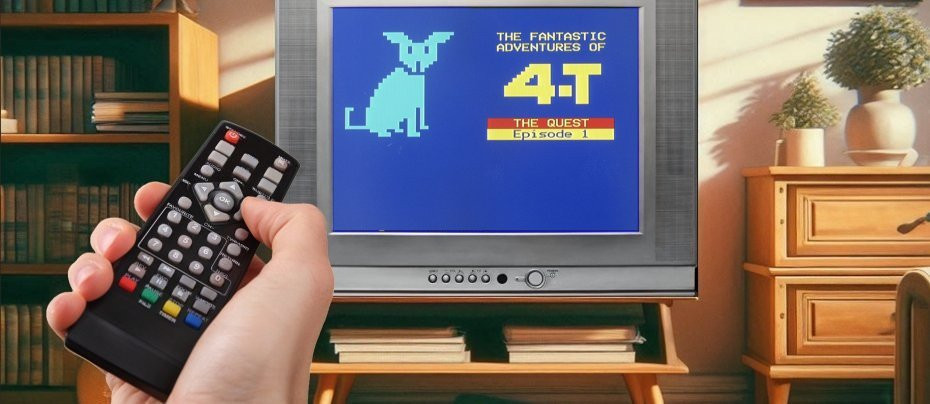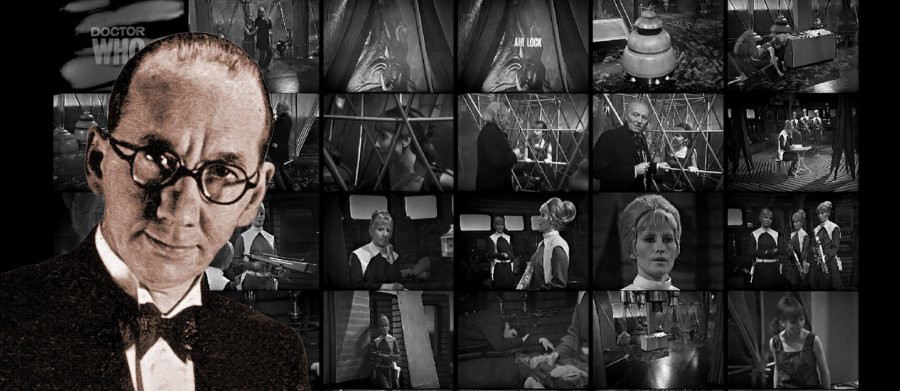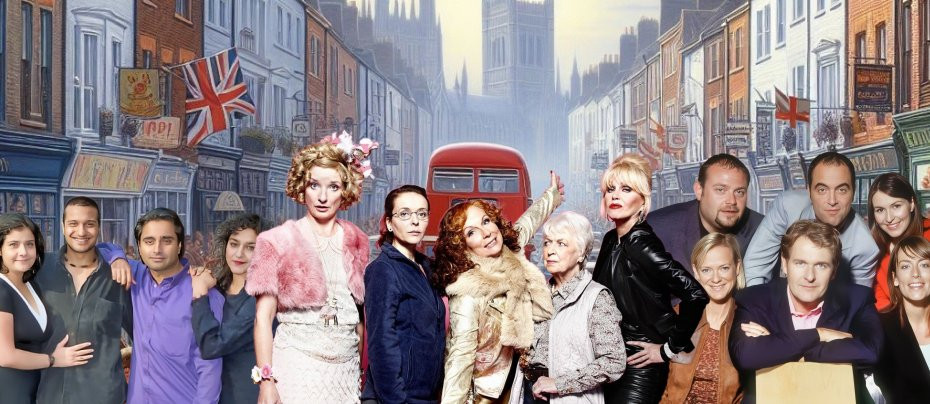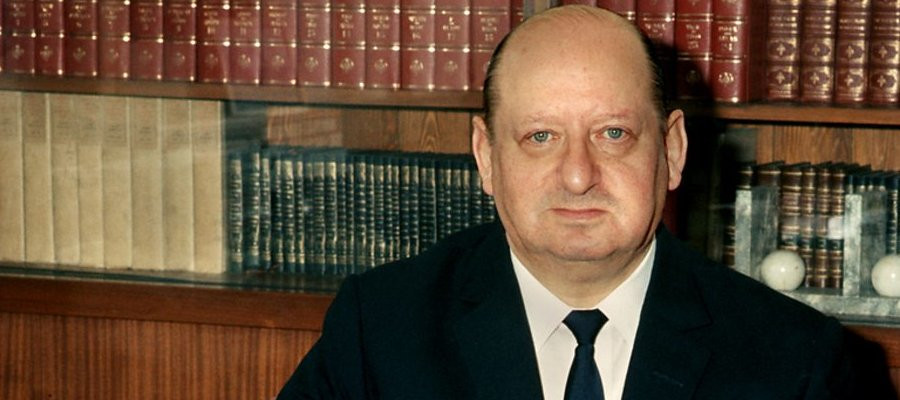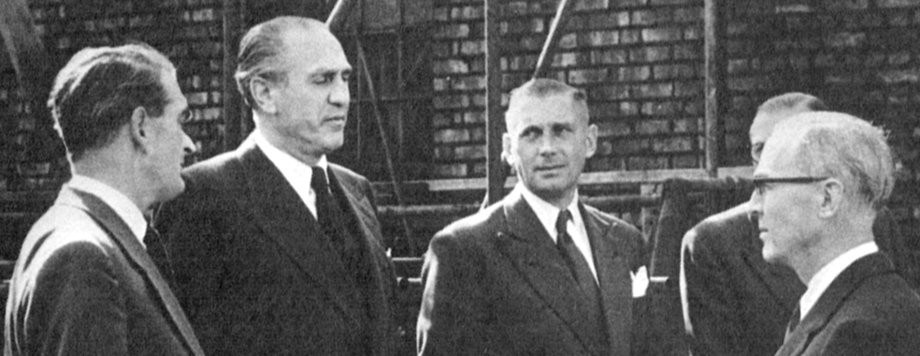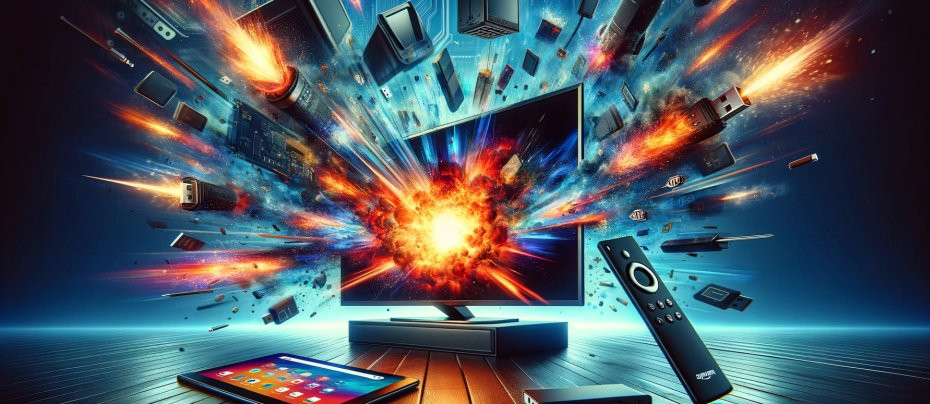
Future Television
Its Fight for Survival
Article by AJ
TV used to be the primary entertainment medium in every household. The ability to access a huge selection of channels at the click of a button makes it the most convenient device. Like that, the TV industry grows into a behemoth with billions of ad money spent annually. That was then.
The arrival of newer technologies are now replacing TV’s relevance among the general public. Survey indicates that linear TV continues to face steady decline. As younger generations move to streaming services, gaming, and social media like TikTok for entertainment, the trend is unlikely to reverse.
According to one Nielsen report, linear TV now accounts for less than 50 percent of all TV usage. Year over year, cable TV viewership has declined by 12.5 percent, accounting for less than a third of viewers’ time. The stats are even worse for broadcast TV, which shrinks to just one-fifth of total watch time. The same finding also indicates the continued rise of streaming, which accounts for 38.7% of total viewership, while gaming consoles and media players filed under “Other” contribute to 11.6%.
Demography wise, it’s people aged 65 or older that spend the most time watching TV. Not surprisingly, people aged 18-35, the prime demographic of viewership, are the ones who migrated to streaming and other platforms in droves.
We’ll stop with the numbers here, but it begs the question: when the demographic landscape changes and today's youngsters become the older generation, will television survive?
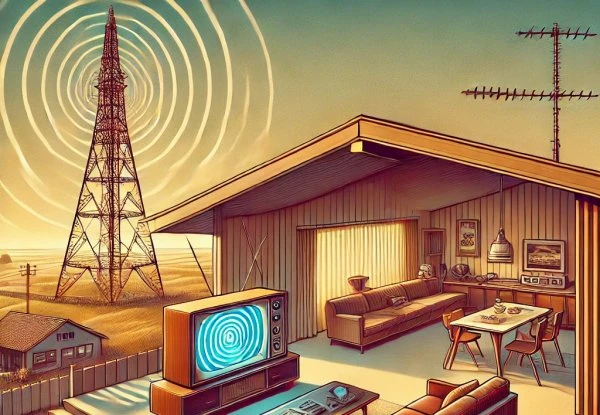
There was a time when TV was the novelty that captured younger audiences’ attention away from radio, stage and cinema. In the 1950s, TV was a revolutionary technology that allowed people to get their entertainment fix in a box from the comfort of their living rooms. As more and more people installed a telly in their home, people were wondering if the older mediums would lose their relevance and become extinct. And yet, here we are seven decades later, with radio, live theatre and movies still thriving, albeit in a much different landscape than it used to be.
Using the same logic, television might yet survive into the next generation, one way or another. The survival of TV can also depend on how you define “television” itself. Is it television as in the device, the physical LCD screen mounted on the wall that has access to everything? Or is it the traditional broadcasting and cable content that is broadcast live that we define as “television”? The answers would differ greatly. Let’s break it down.
What is abundantly clear is that people under 35 simply don’t watch as much TV, both physical or broadcast, anymore. Remote-controlled physical televisions are being replaced by laptops, smartphones, and tablets that allow people to watch whatever they want on the go and at their earliest convenience.
This is the consequence of easy internet access coupled with the shift in work-life culture. There was a time when 9-5 jobs were the norm for most of the workforce, making it possible for billions of people to tune in to the same programmes all at once after work. Nowadays, people have more flexibility and options, which means the old primetime hours of TV watching no longer exist.
Broadcast and cable TV with their fixed schedules, do not align with this desire for flexibility as well. After all, why would you organize your life around your favourite show’s airtime when you can always rewatch it whenever you’re done with your business? The only exception to this custom is sports, where a huge part of the entertainment factor lies in its communality and the urgency to know the results live. That is why live sports still carry the bulk of traditional TV viewership, even among young people.
To cope with the declining usage, physical TV has actually been evolving as we speak. DVR allows people to record TV programmes and watch them later. Many also prefer this so they can skip over pesky advertisements. Smart TVs are equipped to synchronize with the streaming services of your choice and browse the internet, essentially transforming television into a bigger version of your phone.
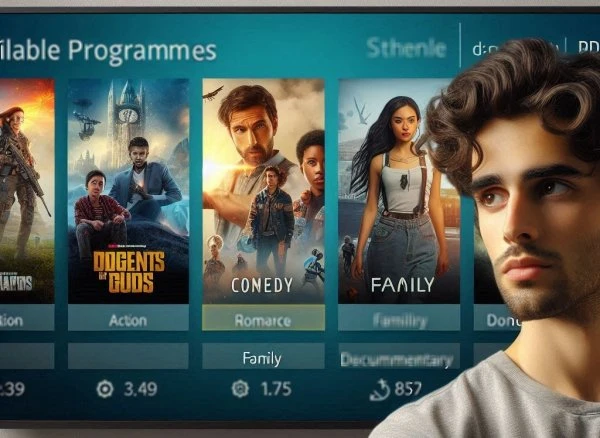
There is also an argument to be made regarding the physiological advantage of physical TV over handheld gadgets; Reduced eye strain, better posture, improved sleep quality. In a Quora discussion titled “Has watching TV on a daily basis become obsolete in modern society?”, a particular comment by William Kling offers an interesting take on the eventual advantage of traditional TV, especially as people get older.
“We watch TV on a daily basis because (1) the screen is as big as we need it to be to see it with our aging eyesight, (2) hearing-sound bars help with failing ears, and (3) even though cable costs way more than it should and is badly designed, it is still far easier to navigate than a multitude of streaming services and running around the internet.”
It’s easy to brush off physical TV as the boomers’ device, but when aging is factored into the equation, everyone might eventually revert back to bigger screens for comfort. Only time will tell.
The future of linear television, however, seems less hopeful. Truth be told, people are still watching content that used to be shown on TV, they just watch it elsewhere. As a result of the shifting viewing habit, TV shows are now made available on-demand simultaneously to its broadcast time. Even news channels like CNN, BBC, and CNBC are accessible on free platforms like Youtube. Linear TV is also chained by their reliance on ads and age-restricting regulations that limit the kind of storytelling that can be told on television. The latter is why cable channels such as HBO and AMC were able to bite off a huge chunk of sophisticated audiences from broadcast networks in the 1990’s. Streaming services simply accelerate the process.
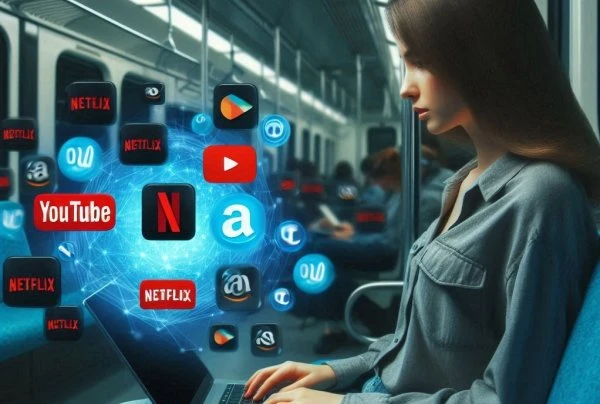
The linear model that has served us since the 50’s is fast becoming obsolete. And we’re not yet factoring the competitions for eyeballs from other mediums: TikTok, X, Instagram, Twitch, YouTube, video games, et cetera.
The newer platforms offer short-form content that provides instant gratification, often in 30 seconds or less, and are user-generated - making it easier and cheaper to produce than a full-blown TV production with all its technical complications. That also means there is a faster turnaround, giving people an endless stream of content to occupy their time ad infinitum. This, eventually, has a side effect: attention spans are getting shorter and shorter.
Many experts have warned against the decline of people’s attention span induced by social media use. This is reflected in the current creative media landscape: TV series are getting shorter and shorter, pop music is reduced to catchy hooks meant to go viral on TikTok, information is condensed into bite sized, easy-to-digest summaries. As a society, the current generation is trained to consume things instantly and unless something magnanimous reverses the trend, it’s going to continue down that lane. Linear TV simply cannot keep up with this development in its present form.
And yet, the demand for good stories is something innately embedded into our beings. Whether it’s long or short, people still crave good, well produced stories. Shows like Game of Thrones, Succession, Euphoria, Downton Abbey, and Stranger Things are still able to grip the collective masses the way watercooler shows of old used to be. It’s a sign that television as a storytelling content can survive through all sorts of adaptive measures, whether we agree with them or not. To quote another statement from the Quora discussion:
“Content is king, and content can move to the places where it can generate the best return on investment.”
The physical form and system that used to house television as we know it might transform dramatically, but people are still going to watch television in the long run.
Published on August 26th, 2024. Written by Jennifer Ariesta for Television Heaven.


